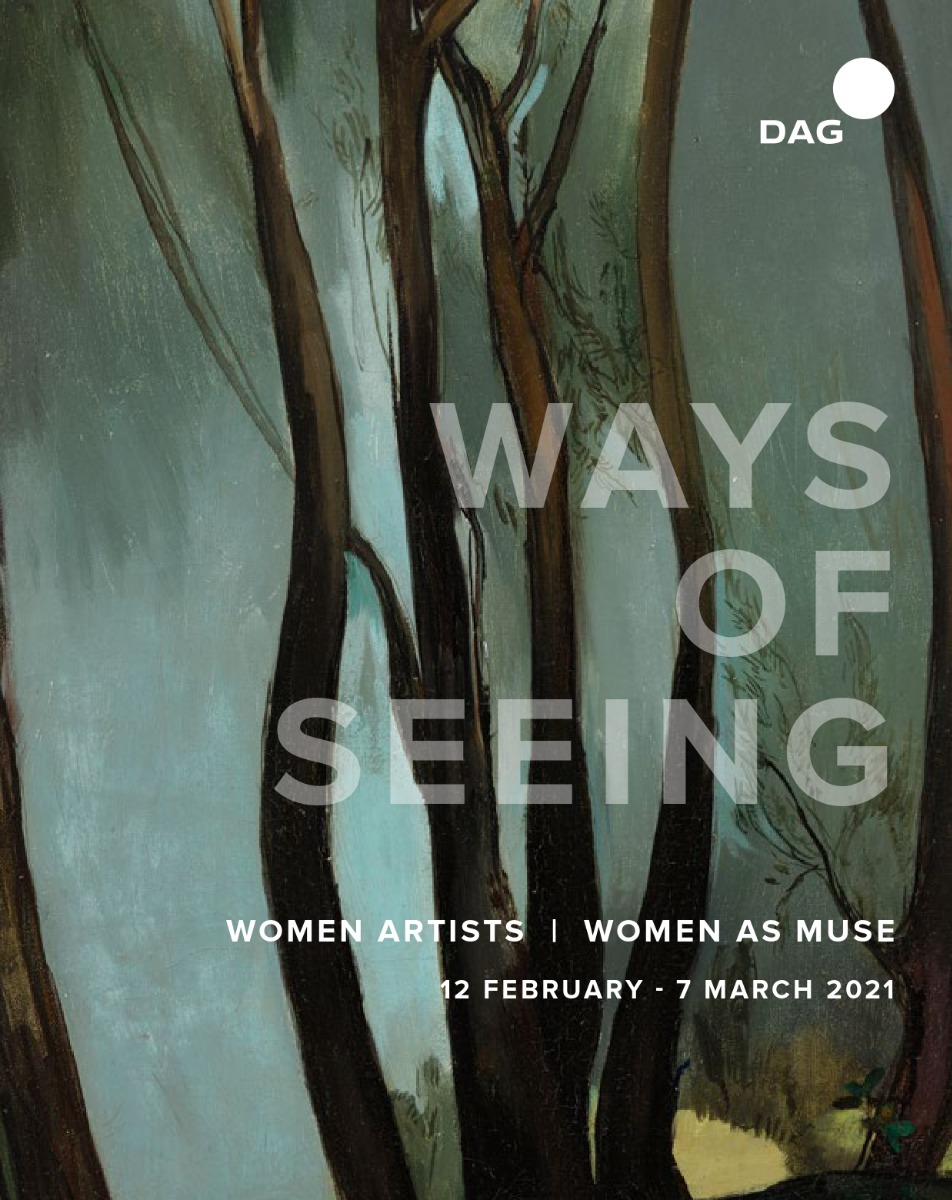Ways of Seeing
Ways of Seeing
Ways of Seeing
|
Gallery Exhibition Ways of SeeingWomen Artists | Women as MuseNew Delhi: The Claridges, 12 February – 10 April 2021 |
|
|
Artists
|
'Bringing back into focus concepts such as the pleasure of looking at something or someone with reference to the gazer and the gazed, the show explores the subtle distinctions in the ways the artists of both sexes create and experience art' – The New Indian Express, 2021 |

all artworks
|
The New Indian Express |
|
14 February, 2021 |
|
Architectural Digest |
|
23 February, 2021 |




